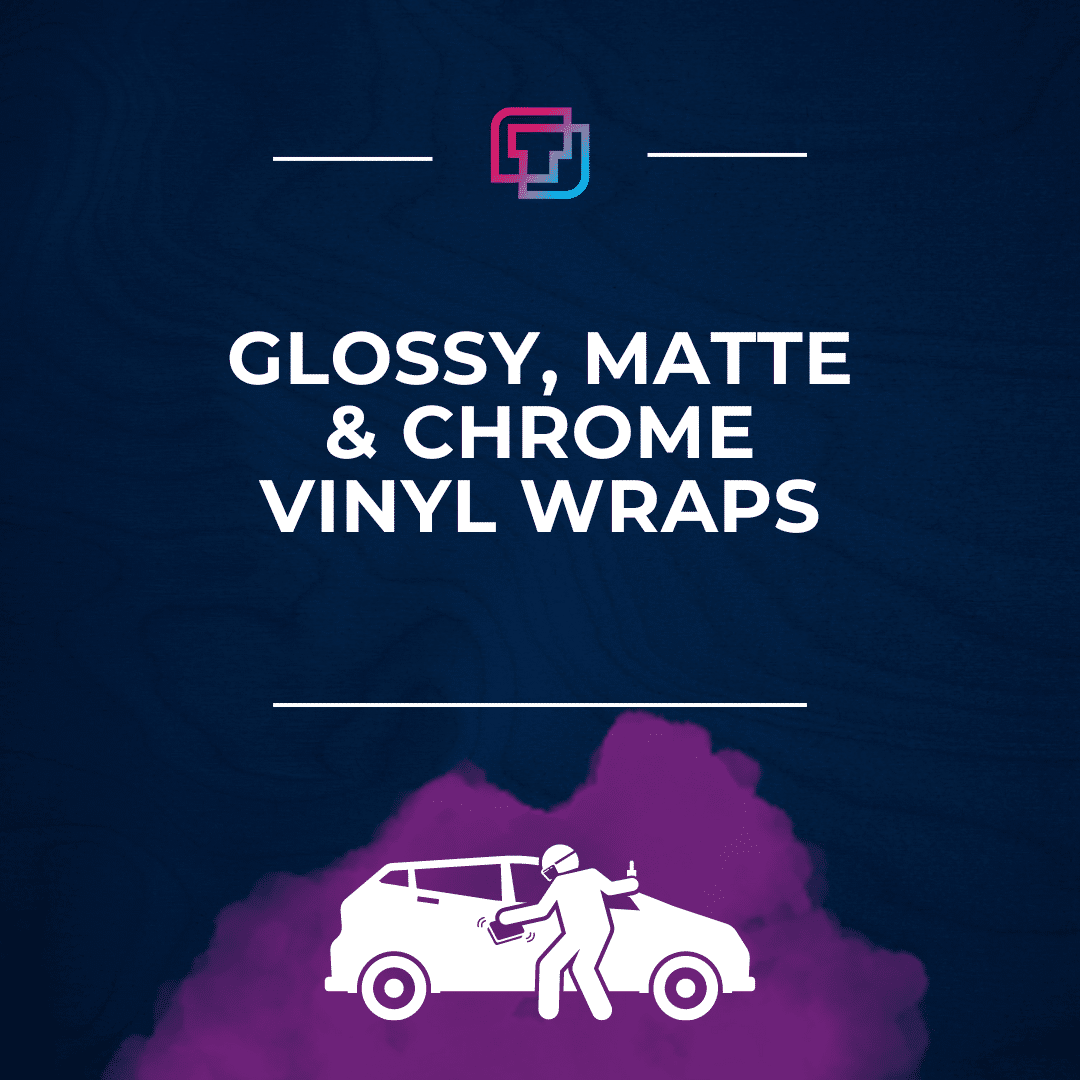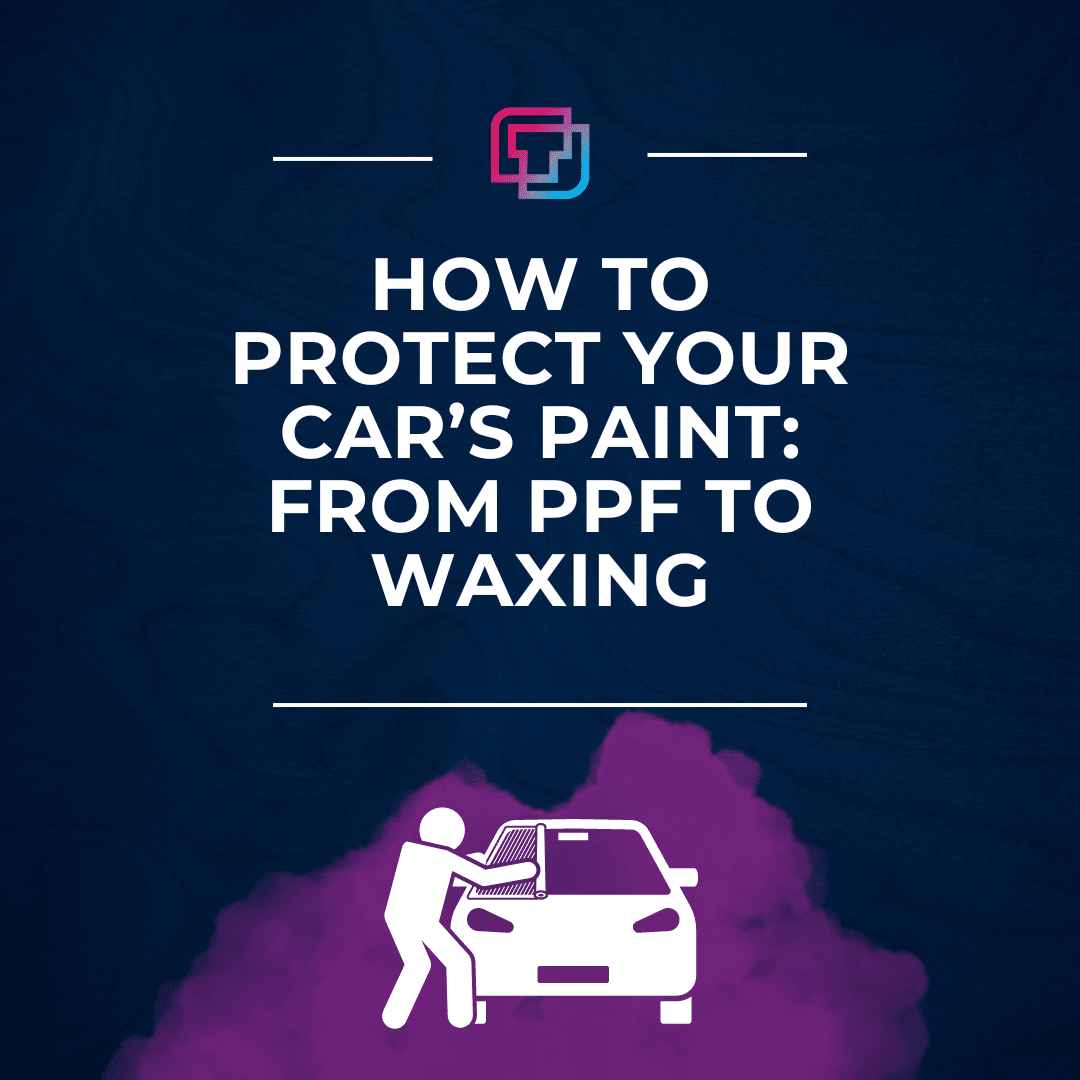A reliable heat rejection window film is one of the most efficient and cost-effective ways to reduce heat in your car. Not only do they save you time and money, but window films also benefit the environment. When purchasing window films for heat reduction, most people have analysis paralysis. With so much information out there, it can become challenging to make the right decision.
Fortunately, getting your hands on high-quality heat reduction window films doesn’t have to be complicated. We’ve identified five excellent options catering to all types of vehicles.
Ceramic Tint
Ceramic window tints, block both UV rays and heat inside the car. These films come in different shades and finishes, giving you control over the way your vehicle looks and feels. But they also give you superior glare protection, improving visibility on the road, even during dawn and dusk drives.
The tints are entirely metal-free, swapping out the metal particles found in metalized tints for high-quality ceramic particles that accomplish the same tasks. The lack of metal means you can still use satellite radio, navigation, cell phones, and other technology without worrying about signal interference from the window film.
Remember that the film isn’t the cheapest option on the market. Ceramic films cost more to manufacture than metalized or dyed tints. That said, most drivers find that they’re well worth the investment.
Carbon Tint
These films block the infrared rays responsible for the greenhouse effect inside your car significantly more than other films on the market.
Like ceramic films, they contain no metal. Instead, they rely on carbon particles to block out the heat and provide a comfortable drive no matter what time of day you’re on the road.
Since there’s no metal involved, you won’t have to worry about signal interference with your mobile devices. Even better, they’re incredibly durable and won’t fade or lose effectiveness over the years.
You may even notice better gas mileage after the film is installed, as you won’t have to crank the heat or air conditioning as often!
Dyed Window Tint
Dyed window tinting film is the best option for drivers on a budget. It’s incredibly affordable and comes in various shades and tint percentages to suit your personal preferences and style.
The film blocks almost all of the sun’s UV rays from making it inside your car. That means it’s ideal for people looking to cut down the amount of sun damage done to their car’s interior.
Though durable, it can get scratched, and if a professional, dyed film does not install, it is prone to premature fading and bubbling. Remember that the dye will eventually fade, and you will need to replace the film down the road.
For drivers looking for an entry-level tinting film or those who plan on trading in their car in the future, dyed films are the best choice.
Metalized Window Tint
Metalized window tint film is a step up from dyed tints. They’re dark enough to help block much of the sun’s UV rays, but take things one step further: they also block heat.
The film has a thin layer of metal that helps reflect the sun’s heat away from your car’s interior. That, combined with the UV-blocking technology, helps reduce the wear and tear inside your vehicle while also making it more comfortable. You’ll still want to park in the shade whenever possible, but the film will spare you the feeling of a scorching-hot leather seat in the summer.
Metalized window tint is more durable than standard dyed films, offering more extended use and less fade over the years. Quality films are also more scratch-resistant, making them ideal for drivers with small children and pets.
Remember that metalized window tints can interrupt your cell reception inside the car and may impact satellite radio reception if you rely on technology while behind the wheel, you may want to choose a different film.
Hybrid Window Tints
Hybrid window tints can give you privacy while reducing heat and blocking UV rays, Hybrid window tints use dyes and metallic particles. This combination gives you the benefits of dyed window tints and metalized window tints. The result of combining pigments and particles is that the tint isn’t too dark or mirror-like. Instead, hybrid window tints have an excellent brightness without being too reflective.
How much cooler is a car with tinted windows?
Almost 83 percent of the sun’s energy is passed through transparent single pane glass in houses and buildings; up to 86 percent of this sunlight generates heat, resulting in substantially higher temperatures indoors.
Using heat-blocking window film, you can block up to 86 percent of the sun’s energy and more than 99 percent of dangerous UV rays in your house. Window film may help you save money on home cooling bills, reduce exposure to UV radiation, and keep your carpets, upholstery, and furniture from deteriorating.
What is the best type of auto window tint for heat rejection?
You may ask yourself What should I consider when getting window tinting done? Some points you have to put in your mind while choosing the best car window tint for heat reduction:
- Price: How much are you willing to pay for your window tints? Setting a budget is an easy way to narrow down your options.
- Legality: Some states ban dark tint, while others ban reflective tint. Other states have restrictions on the percentage of your windshield that the tint can cover. You should consult your state’s department of motor vehicles before purchasing window tints. In some cases, clear crystalline tints might be your only option.
- Quality: If you want a window tint that lasts, go with carbon or ceramic tints. These higher-quality tints don’t fade as fast as other tints and have higher scratch resistance.
- UV Blockage: You want a tint that is good at blocking harmful UV rays. Not only will such a tint protect your car’s interior, but it will also protect you. Window tints with a reflective quality will prevent rays from getting trapped in your car.
- Pre-cut Vs. Rolled – You can purchase tint rolls and cut them to fit your car windows, or you can buy custom-fitted window tints. Keep in mind that pre-cut tints are more expensive.
- Visible Light Transmission: Manufacturers label window tints with percentages indicating how much visible light they let into the car. The lower the percentage, the darker your car’s cabin will be. Tints with lower percentages can be a hazard when driving at night.
- Heat Dispersion: To find out how much heat a tint disperses, combine the tint’s UV, visible light transmission, and infrared ratings. That will tell you the tint’s total solar energy rejection (TSER). The higher the TSER, the better a tint can reduce heat.
Invest in the Best Window Tint Film for Heat Rejection
The best window tint film for your car is one that’s installed by a professional. No matter what your budget is, they’ll be able to find a film that works for your car.
Regardless of the type, you’ll end up with a better and more comfortable drive.
Ready to get the best tint film installed on your car? We are an XPEL Dealer and offer the exclusive line of XPEL XR and XPEL XR Plus Auto Tint. Request a free estimate from our Brentwood location today. We’ll work with you and your budget to find the perfect film for your needs.




